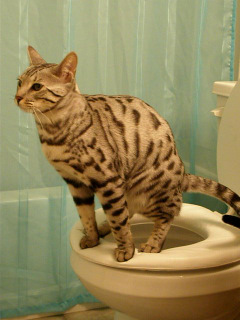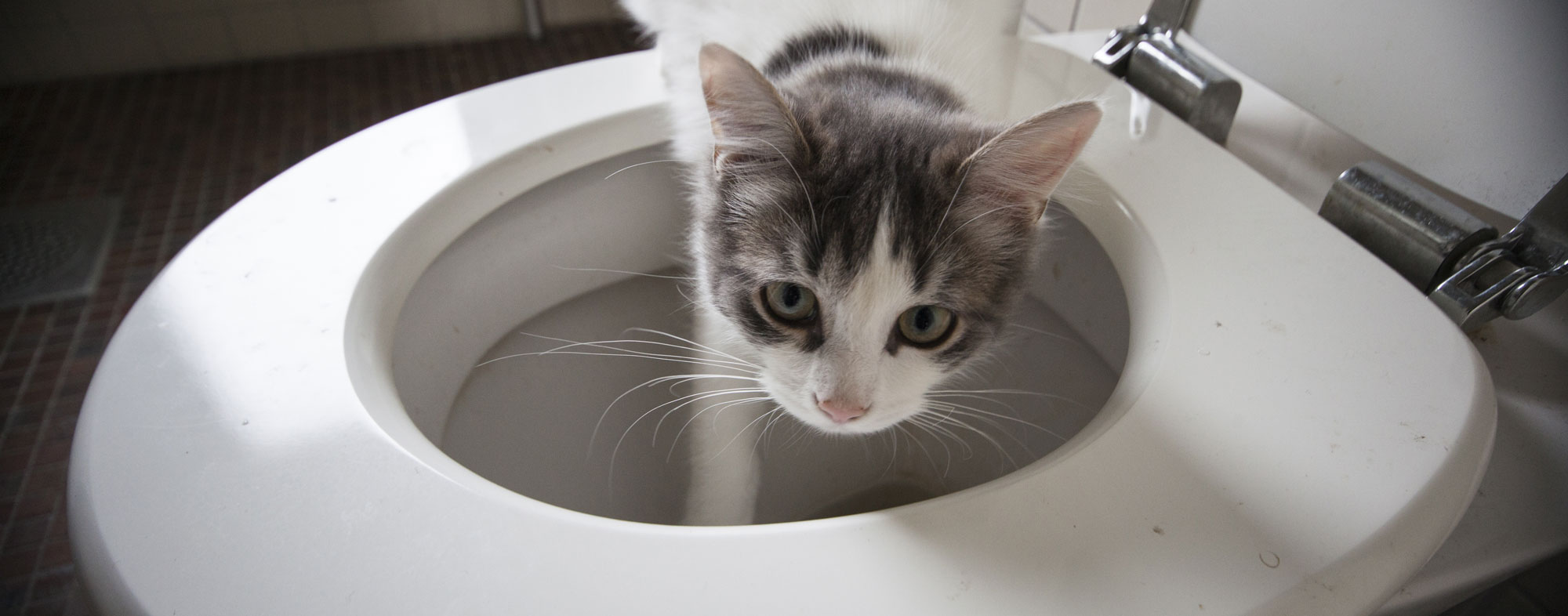Just how do you actually feel on the subject of Can You Flush Cat Poop Down The Toilet??

Intro
As feline owners, it's essential to bear in mind exactly how we get rid of our feline good friends' waste. While it may seem hassle-free to purge pet cat poop down the bathroom, this practice can have detrimental repercussions for both the atmosphere and human health and wellness.
Alternatives to Flushing
Luckily, there are much safer and a lot more accountable means to dispose of pet cat poop. Consider the following alternatives:
1. Scoop and Dispose in Trash
The most typical approach of getting rid of pet cat poop is to scoop it right into a biodegradable bag and throw it in the trash. Make certain to make use of a specialized trash inside story and get rid of the waste promptly.
2. Usage Biodegradable Litter
Go with eco-friendly feline clutter made from materials such as corn or wheat. These clutters are environmentally friendly and can be safely gotten rid of in the garbage.
3. Bury in the Yard
If you have a yard, think about hiding cat waste in an assigned location away from veggie yards and water sources. Make sure to dig deep adequate to prevent contamination of groundwater.
4. Set Up a Pet Waste Disposal System
Buy an animal garbage disposal system specifically designed for feline waste. These systems make use of enzymes to break down the waste, decreasing smell and environmental influence.
Health Risks
In addition to ecological concerns, flushing feline waste can also present health and wellness threats to human beings. Feline feces might contain Toxoplasma gondii, a bloodsucker that can create toxoplasmosis-- a potentially extreme illness, especially for expectant women and individuals with damaged body immune systems.
Environmental Impact
Flushing feline poop presents harmful pathogens and bloodsuckers right into the water supply, presenting a substantial risk to water ecological communities. These impurities can negatively affect aquatic life and concession water top quality.
Conclusion
Accountable pet dog ownership prolongs beyond giving food and sanctuary-- it likewise includes correct waste monitoring. By refraining from flushing cat poop down the toilet and choosing alternate disposal techniques, we can lessen our environmental impact and shield human health.
Why Can’t I Flush Cat Poop?
It Spreads a Parasite
Cats are frequently infected with a parasite called toxoplasma gondii. The parasite causes an infection called toxoplasmosis. It is usually harmless to cats. The parasite only uses cat poop as a host for its eggs. Otherwise, the cat’s immune system usually keeps the infection at low enough levels to maintain its own health. But it does not stop the develop of eggs. These eggs are tiny and surprisingly tough. They may survive for a year before they begin to grow. But that’s the problem.
Our wastewater system is not designed to deal with toxoplasmosis eggs. Instead, most eggs will flush from your toilet into sewers and wastewater management plants. After the sewage is treated for many other harmful things in it, it is typically released into local rivers, lakes, or oceans. Here, the toxoplasmosis eggs can find new hosts, including starfish, crabs, otters, and many other wildlife. For many, this is a significant risk to their health. Toxoplasmosis can also end up infecting water sources that are important for agriculture, which means our deer, pigs, and sheep can get infected too.
Is There Risk to Humans?
There can be a risk to human life from flushing cat poop down the toilet. If you do so, the parasites from your cat’s poop can end up in shellfish, game animals, or livestock. If this meat is then served raw or undercooked, the people who eat it can get sick.
In fact, according to the CDC, 40 million people in the United States are infected with toxoplasma gondii. They get it from exposure to infected seafood, or from some kind of cat poop contamination, like drinking from a stream that is contaminated or touching anything that has come into contact with cat poop. That includes just cleaning a cat litter box.
Most people who get infected with these parasites will not develop any symptoms. However, for pregnant women or for those with compromised immune systems, the parasite can cause severe health problems.
How to Handle Cat Poop
The best way to handle cat poop is actually to clean the box more often. The eggs that the parasite sheds will not become active until one to five days after the cat poops. That means that if you clean daily, you’re much less likely to come into direct contact with infectious eggs.
That said, always dispose of cat poop in the garbage and not down the toilet. Wash your hands before and after you clean the litter box, and bring the bag of poop right outside to your garbage bins.
https://trenchlesssolutionsusa.com/why-cant-i-flush-cat-poop/

As an enthusiastic reader about Can You Flush Cat Poo or Litter Down the Toilet?, I imagined sharing that excerpt was a good idea. So long as you enjoyed our article please remember to share it. We thank you for reading our article about Don’t flush cat feces down the toilet.
Check This Out